Preserving and canning food is an age-old practice that has evolved over centuries to become a blend of art and science. The process not only extends the shelf life of perishable items but also locks in nutrients and flavors, making it a rewarding endeavor for enthusiasts. Home canning offers numerous benefits, including cost savings, improved food quality, and the satisfaction of self-sufficiency. This guide will walk you through the essential steps and considerations in the art of preserving and canning, ensuring you have the knowledge to safely and effectively store your food.
Contents
- 1 Understanding Food Preservation
- 2 The Basics of Canning
- 3 Preparing Your Kitchen for Canning
- 4 Selecting and Preparing Your Food
- 5 The Canning Process Step by Step
- 6 Safety Considerations in Canning
- 7 Creative Recipes for Canning
- 8 Beyond the Basics – Advanced Canning Techniques
- 9 Embracing the Art of Canning
Understanding Food Preservation
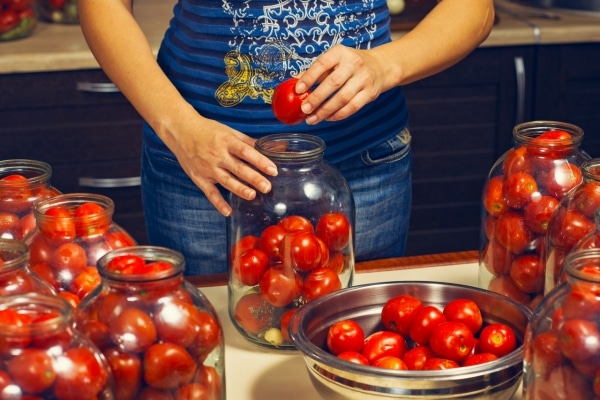
Food preservation is a technique used to prevent the spoilage and loss of perishable foods. By slowing down the decomposition process and inhibiting the growth of harmful bacteria, food preservation methods like drying, freezing, fermenting, and canning ensure that food remains safe and consumable for longer periods. Canning, in particular, involves processing food in closed jars or cans, creating a vacuum seal that prevents decay. This method not only extends the shelf life of foods but also preserves their taste, nutritional value, and freshness.
The Basics of Canning
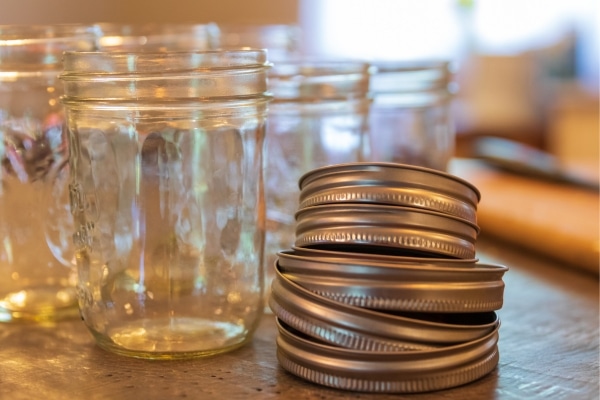
Canning is a practical and rewarding way to preserve food. It requires specific equipment, such as jars, lids, canners, and utensils, tailored to the type of canning you plan to do. The two main methods are water bath canning, ideal for high-acid foods like fruits and pickles, and pressure canning, necessary for low-acid foods like vegetables and meats. Understanding these methods and the science behind them is crucial for safe and effective preservation, ensuring that the food stored will remain consumable for months or even years.
Preparing Your Kitchen for Canning

Successful canning starts with a well-prepared kitchen. It is essential to create a clean and organized workspace to prevent contamination and ensure a smooth canning process. This preparation includes thoroughly cleaning all surfaces, utensils, and canning equipment before starting. Proper organization of ingredients and tools minimizes errors and enhances efficiency during the canning process, setting the stage for a safe and productive preserving session.
Selecting and Preparing Your Food
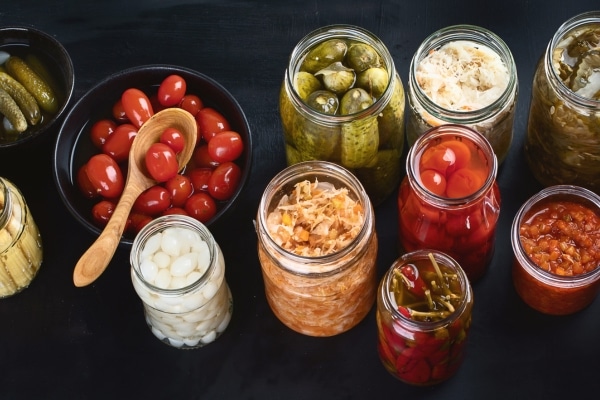
Choosing the right food for canning is crucial, as not all foods preserve well or taste good after being canned. The best candidates for canning are fresh, ripe, and high-quality fruits, vegetables, and meats, free from blemishes and spoilage. Pre-treatment processes like washing, peeling, slicing, and blanching are important to prepare the food for canning, ensuring it’s clean and of uniform size for even cooking and preservation. This meticulous preparation not only impacts the safety of the canned food but also its flavor and texture, making it an essential step in the canning process.
The Canning Process Step by Step
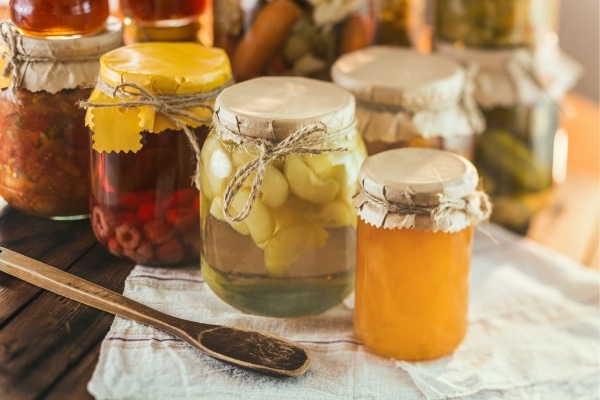
The canning process involves several key steps, beginning with filling sterilized jars with prepared food and covering them with the correct type of lid and sealing band. The jars are then processed using either a water bath or pressure canner, depending on the food type. This processing step is critical to kill harmful bacteria and create a vacuum seal that prevents spoilage. Following the correct timings and temperatures for each type of food ensures that the canned goods are safe to eat and retain their nutritional value and taste.
Safety Considerations in Canning
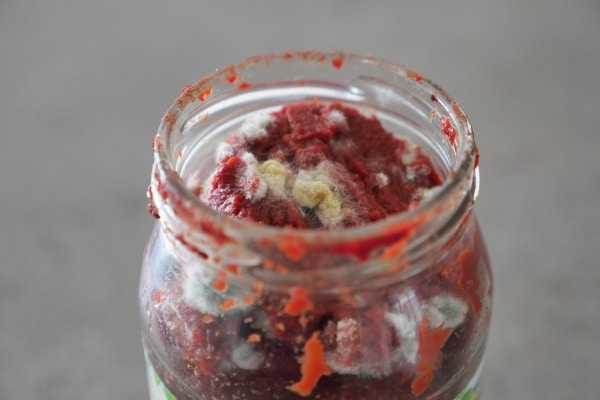
Safety is paramount in canning to avoid foodborne illnesses, particularly botulism, a rare but potentially fatal illness caused by improperly canned foods. Understanding the science of canning, such as the importance of temperature and time in creating a safe product, is crucial. Regular inspection of canned goods for signs of spoilage, such as leaking, bulging lids, or off odors, is essential for ensuring their safety. By adhering to recommended guidelines and procedures, canners can significantly reduce the risk of contamination and ensure their preserved foods are safe and enjoyable to consume.
Creative Recipes for Canning
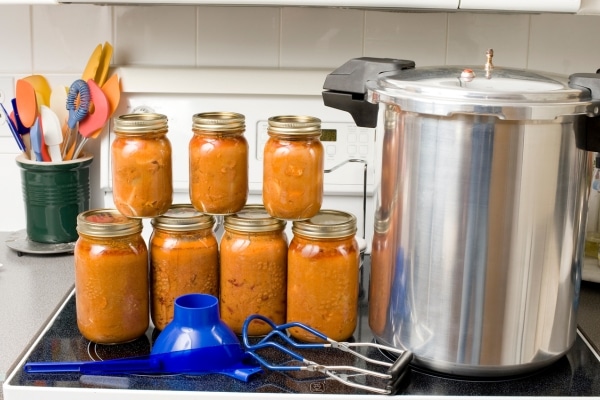
Exploring creative recipes can transform canning from a simple preservation method to a culinary adventure. From classic jams and jellies to savory sauces and pickles, the variety of recipes available for canning is vast and varied. Experimenting with different combinations of fruits, vegetables, spices, and herbs allows for personalized and unique canned goods that reflect individual tastes and culinary preferences. Moreover, developing a personal recipe collection for canning can lead to a fulfilling hobby, with the added benefit of creating a pantry stocked with homemade, ready-to-use ingredients.
Beyond the Basics – Advanced Canning Techniques
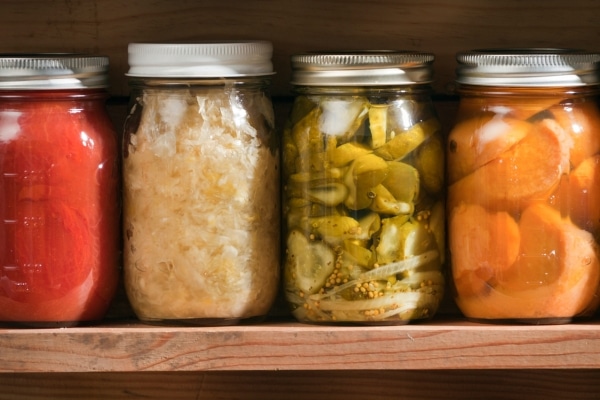
For those who have mastered basic canning, advanced techniques like fermentation, pressure canning of meats, and canning low-acid foods open up new possibilities for preserving a wider range of foods. Fermentation, for example, not only preserves food but also enhances its nutritional value and flavor complexity. Advanced canning can include working with unusual or exotic ingredients, offering a broader palette of flavors and textures. By expanding their skills and knowledge, home canners can elevate their craft, creating gourmet-quality preserved foods that are both delicious and safe to consume.
Embracing the Art of Canning
Canning your own food merges tradition with innovation, offering a rewarding way to enjoy the bounty of each season throughout the year. It’s more than just a method of food preservation; it’s a journey into self-sufficiency, culinary exploration, and a deeper connection with the food we consume. By mastering the art of canning, individuals gain not only a valuable skill but also the pleasure of creating a pantry filled with home-canned goods. This guide aims to inspire both novices and seasoned canners to embrace the art of preserving, ensuring safe, delicious, and high-quality food in their own homes.
